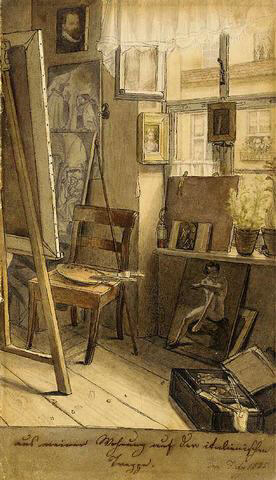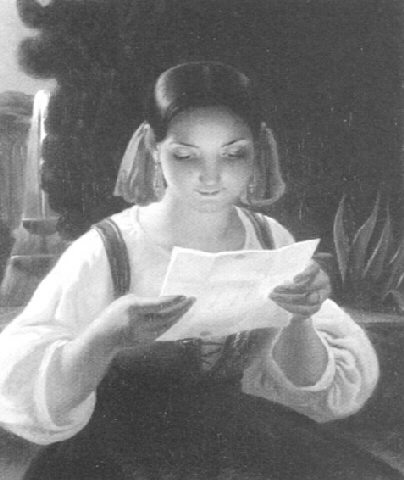Theodor Hildebrandt (1804 – 1874)
Get a Hildebrandt Certificate of Authenticity for your painting (COA) for your Hildebrandt drawing.
For all your Hildebrandt artworks you need a Certificate of Authenticity (COA) in order to sell, to insure or to donate for a tax deduction.
Getting a Hildebrandt Certificate of Authenticity (COA) is easy. Just send us photos and dimensions and tell us what you know about the origin or history of your Hildebrandt painting or drawing.
If you want to sell your Hildebrandt painting or drawing use our selling services. We offer Hildebrandt selling help, selling advice, private treaty sales and full brokerage.
We have been authenticating Hildebrandt and issuing certificates of authenticity since 2002. We are recognized Hildebrandt experts and Hildebrandt certified appraisers. We issue COAs and appraisals for all Hildebrandt artworks.
Our Hildebrandt paintings and drawings authentications are accepted and respected worldwide.
Each COA is backed by in-depth research and analysis authentication reports.
The Hildebrandt certificates of authenticity we issue are based on solid, reliable and fully referenced art investigations, authentication research, analytical work and forensic studies.
We are available to examine your Hildebrandt painting or drawing anywhere in the world.
You will generally receive your certificates of authenticity and authentication report within two weeks. Some complicated cases with difficult to research Hildebrandt paintings or drawings take longer.
Our clients include Hildebrandt collectors, investors, tax authorities, insurance adjusters, appraisers, valuers, auctioneers, Federal agencies and many law firms.
We perform Theodor Hildebrandt art authentication, appraisal, certificates of authenticity (COA), analysis, research, scientific tests, full art authentications. We will help you sell your Theodor Hildebrandt or we will sell it for you.

Theodor Hildebrandt was a German painter, born at Stettin(Szczecin). He was a disciple of the painter Schadow, and, on Schadow’s appointment to the presidency of a new academy in the Rhenish provinces in 1828, followed that master to Düsseldorf. Hildebrandt began by painting pictures illustrative of Goethe and Shakespeare; but in this form he followed the traditions of the stage rather than the laws of nature. He produced rapidly “Faust and Mephistopheles” (1824), “Faust and Margaret” (1825), and “Lear and Cordelia” (1828).

Hildebrandt visited the Netherlands with Schadow in 1829, and wandered alone in 1830 to Italy; but travel did not alter his style, though it led him to cultivate alternately eclecticism and realism.

At Düsseldorf, about 1830, he produced “Romeo and Juliet,” “Tancred and Clorinda,” and other works which deserved to be classed with earlier paintings; but during the same period he exhibited (1829) the “Robber” and (1832) the “Captain and his Infant Son,” examples of an affected but kindly realism, which captivated the public, and marked to a certain extent an epoch in Prussian art. The picture which made Hildebrandt’s fame is the “Murder of the Children of King Edward” (1836), of which the original, afterwards frequently copied, still belongs to the Spiegel collection at Halberstadt.

Comparatively late in life Hildebrandt tried his powers as an historical painter in pictures representing Wolsey and Henry VIII, but he lapsed again into the romantic in “Othello and Desdemona.” After 1847 Hildebrandt gave himself up to portrait-painting, and in that branch succeeded in obtaining a large practice. He died at Düsseldorf in 1874. Still wondering about a 19th century German painting in your family collection? Contact us…it could be by Theodor Hildebrandt.
Reviews
1,217 global ratings
5 Star
4 Star
3 Star
2 Star
1 Star
Your evaluation is very important to us. Thank you.
